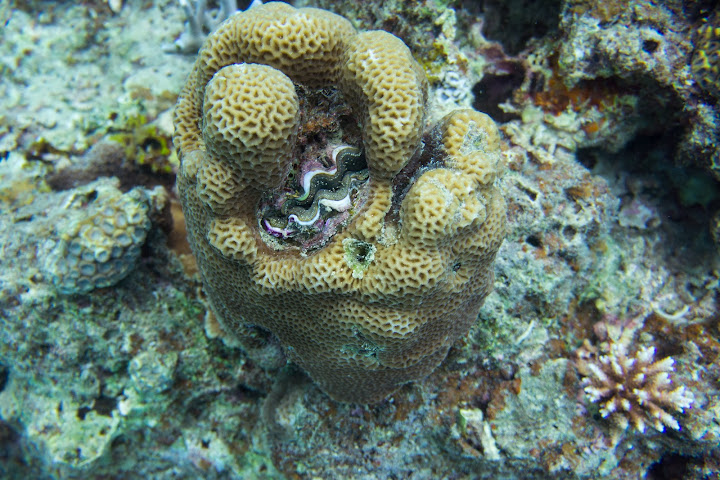 Where?
Where?
As we told in our previous post about the
Geography of Japan, this country is a super duper chain of islands, that extend from Russia all the way to Japan. In this trip, we visit the southernmost part, which is called Okinawa 「沖縄」but, instead of staying in the main city, Naha, we will fly to the heart of the Yaeyama 「八重山」archipelago which is packed of Pacific charm and a culture that mixes Japan and Taiwan.
Ishigakijima 「石垣島」may not the biggest city in the Yaeyama (Iriomote 「西表島」 is) but certainly packs the largest amount of charm. Think of cobalt blue waters, coral reef, manta dives, local cows, tropical fishes, water buffalos, hibiscus, jungle, wildcats, massage and island cuisine. All that, in a small island that is just a 4-hour flight from Tokyo.
How?
Ana fares (direct flight) are sometimes not for everyone, so make sure you check cheaper options like Skymark and Peach (that is a new company, flying from Osaka for just 5000JPY). Once in the island, you may rent a car (provided you have an international license) or just buy the bus pass. The 5-day ticket that costs 2000JPY is a great deal (e.g. a ride to 平久保 where the impressive lighthouse pictures is at costs already 1500JPY from Ishigaki city).
If you are interested on a "resort vacation" you may want to stay at Kabira Bay「川平」. But remember, you'll need a car or a taxi to make it to the harbor. We prefer to explore the island (instead of lazing around an expensive pool) so we stayed at
Olive Hotel. I cannot give enough good comments. the place is clean, in front of the bus AND the boat terminal, just a stroll from all the restaurants and cafes. Clean, comfortable, traditional Japanese rooms with own bathroom. The owner is super helpful and the breakfast very yummy. There is no better bang for the buck.
When?
This
web has a lot of information about the island. As you can see, the
climate is sub-tropical, making it nice to visit between November and May. The summer may be a little bit too wet (because of the rainy season) and the time around September-October may be better to avoid, because of the typhoons. But of course, if you are lucky and no typhoon is around, October may be super pleasant there.
Having said all this, let's take the bus to the Northernmost point, the Hirakubo Lighthouse 「平久保」 , before we walk all the way back to Kura 「久宇」 to experience the wonderful Sunset Beach 「石垣島 サンセットビーチ」.
View Ishigaki island 「石垣島」 in a larger map
This is the first thing we saw after getting of the bus in Hirakubo. The famous cows from Ishigaki that all restaurants advertise at dinner time as local beef 「石垣牛」。

A number of cars passed by our side, but we kept walking till the light house.

The shades of the Pacific are just incredible.

Pretty as the white sand that surrounds it.

After going up to the lighthouse, we continued our walk back to Kura. It was quite pleasant temperature and weather, nice opportunity to catch a glimpse of the islander life. Can you see the two dragons on the roof?
These are called shiisa 「シーサ」. Their origin is the Okinawan folklore. The legend describes how a sea dragon was defeated by a brave islander, who held a necklace decorated with a figurine in front of him. As soon as the dragon saw the shiksa, a huge boulder fell from the sky, landed on its tail and killed him. This resulted the belief of shiisa to ward off evil spirits, hence, on the completion of a new home the builder would place shiisa on the roof to protect the residence. They are a common item in the houses around.

November seems to be mating season for butterflies, that led our way on gracile wings.

Here's the paper guard of the school, along with the tsunami waring sign. As you can see, there is a nice pedestrian way that nobody seems to be using though, but it makes a pleasant walk without danger. Mysteriously, there are many vending machines too. Don't ask me why.

Yes, shiisa also protects the school entrance.

And this was the view on the other side of the road. Lucky kids.

More cows, as we came closer to Sunset Beach.

Here we are! :D Even though the sign said "beach is closed" it is perfectly fine to ignore it, as it just means that "there are no services". But is safe to swim (no jellyfish) and calm, even the water is not too cold.

Felt like the end of the world. We were, alone.


So why not try a bit of snorkel!! Just googles and a tube, nothing more required in here as the coral fringe is not large enough.

Blue Tropical Fishes.

Parrot Fish.

...and some interesting prints. All in one short round.



















































